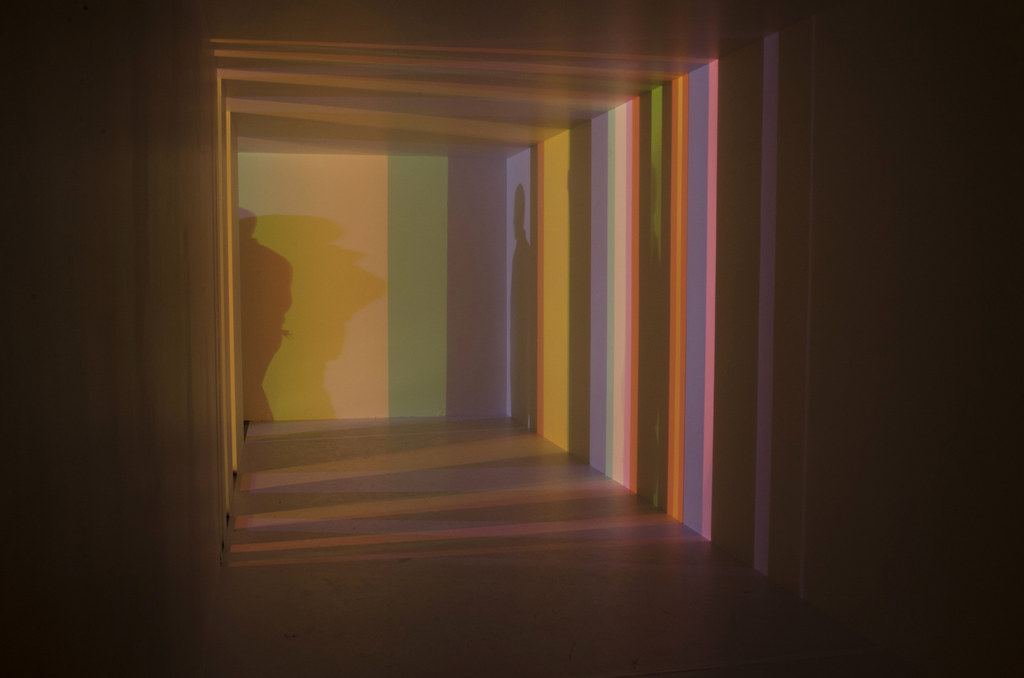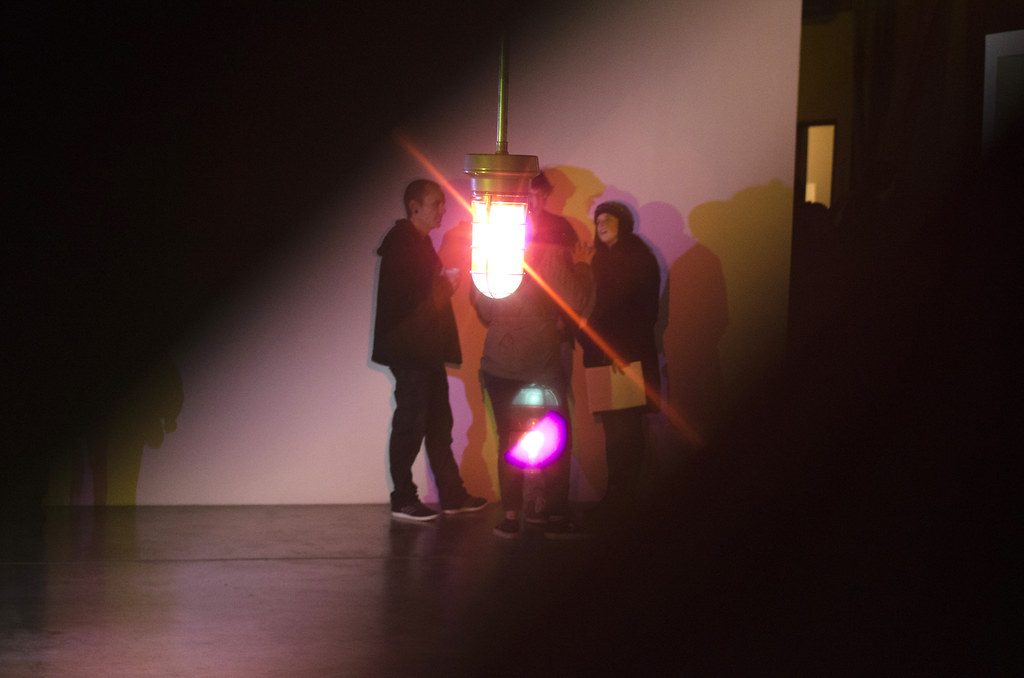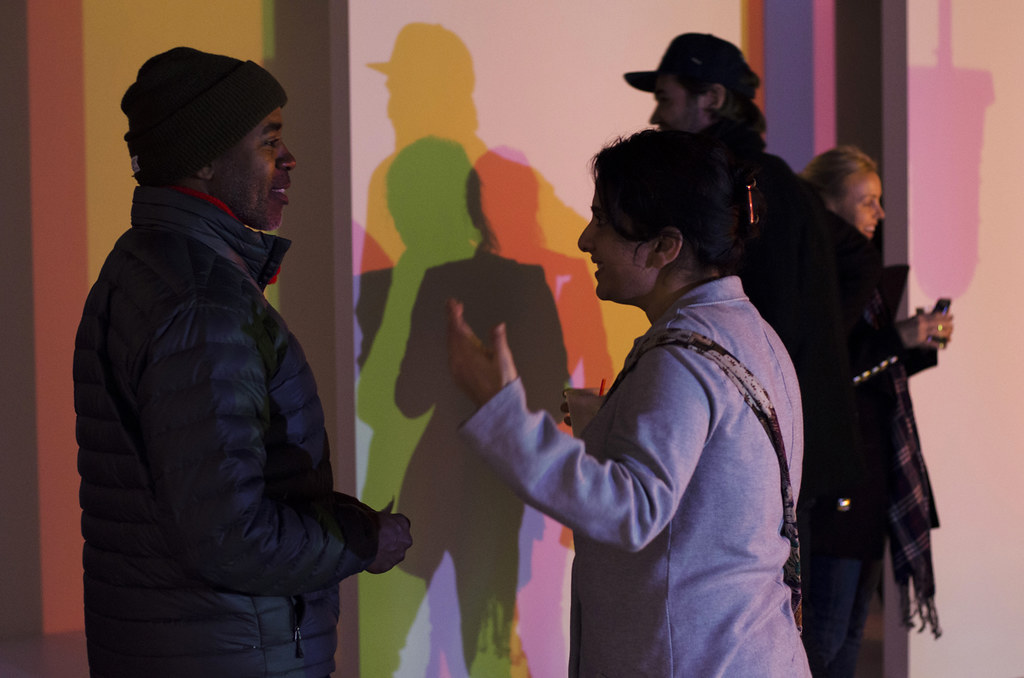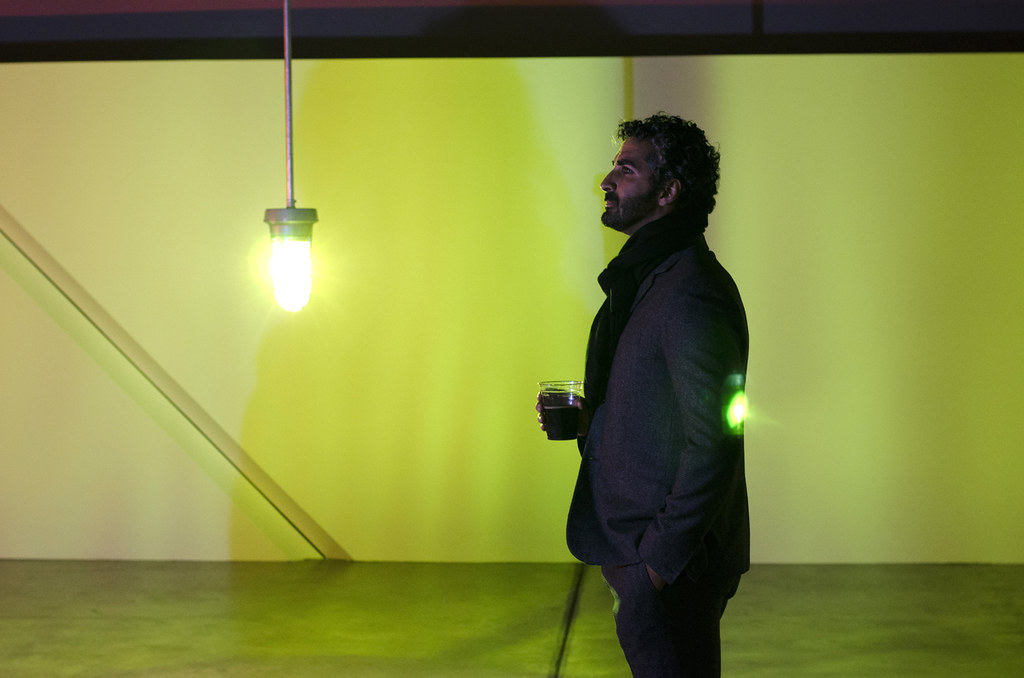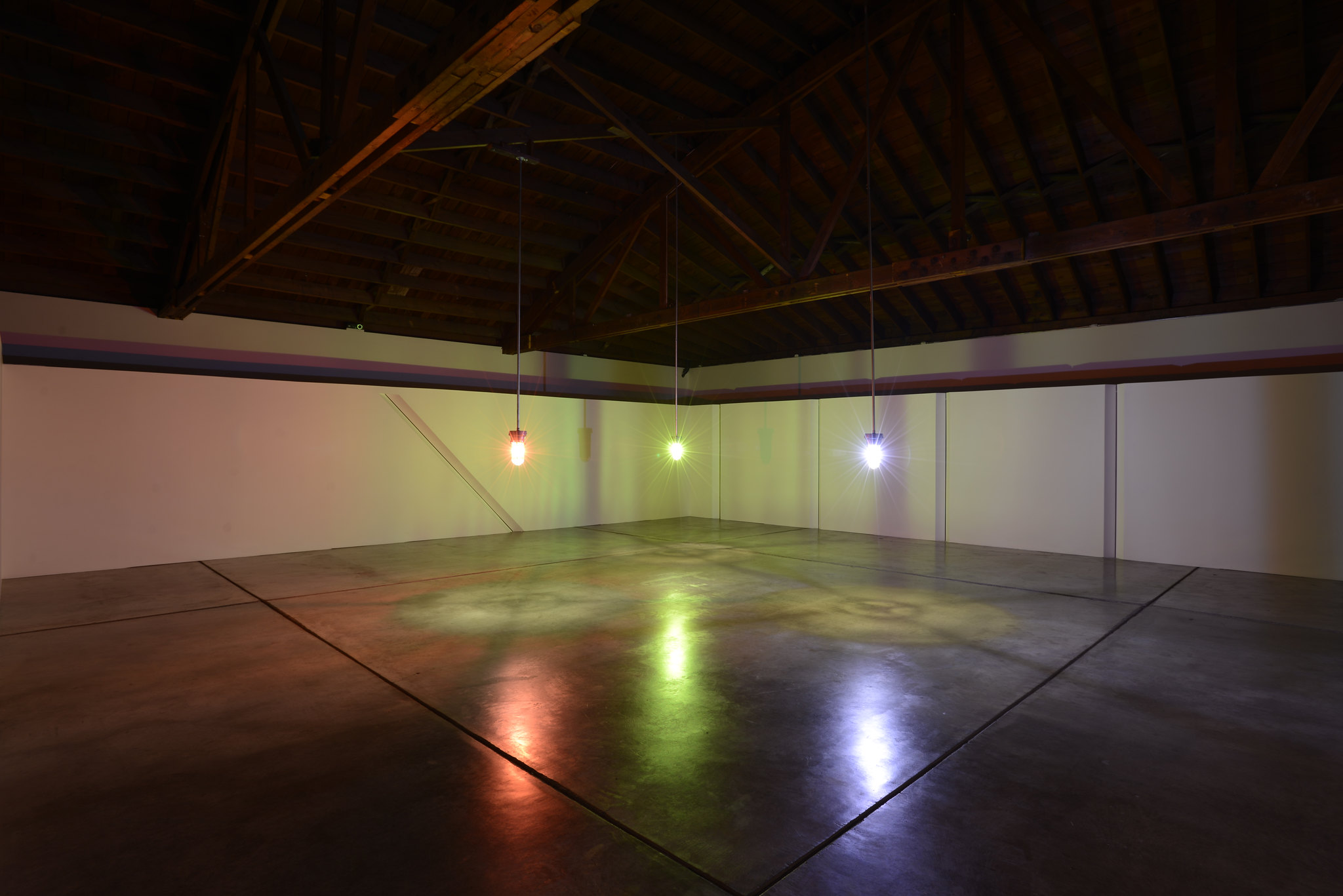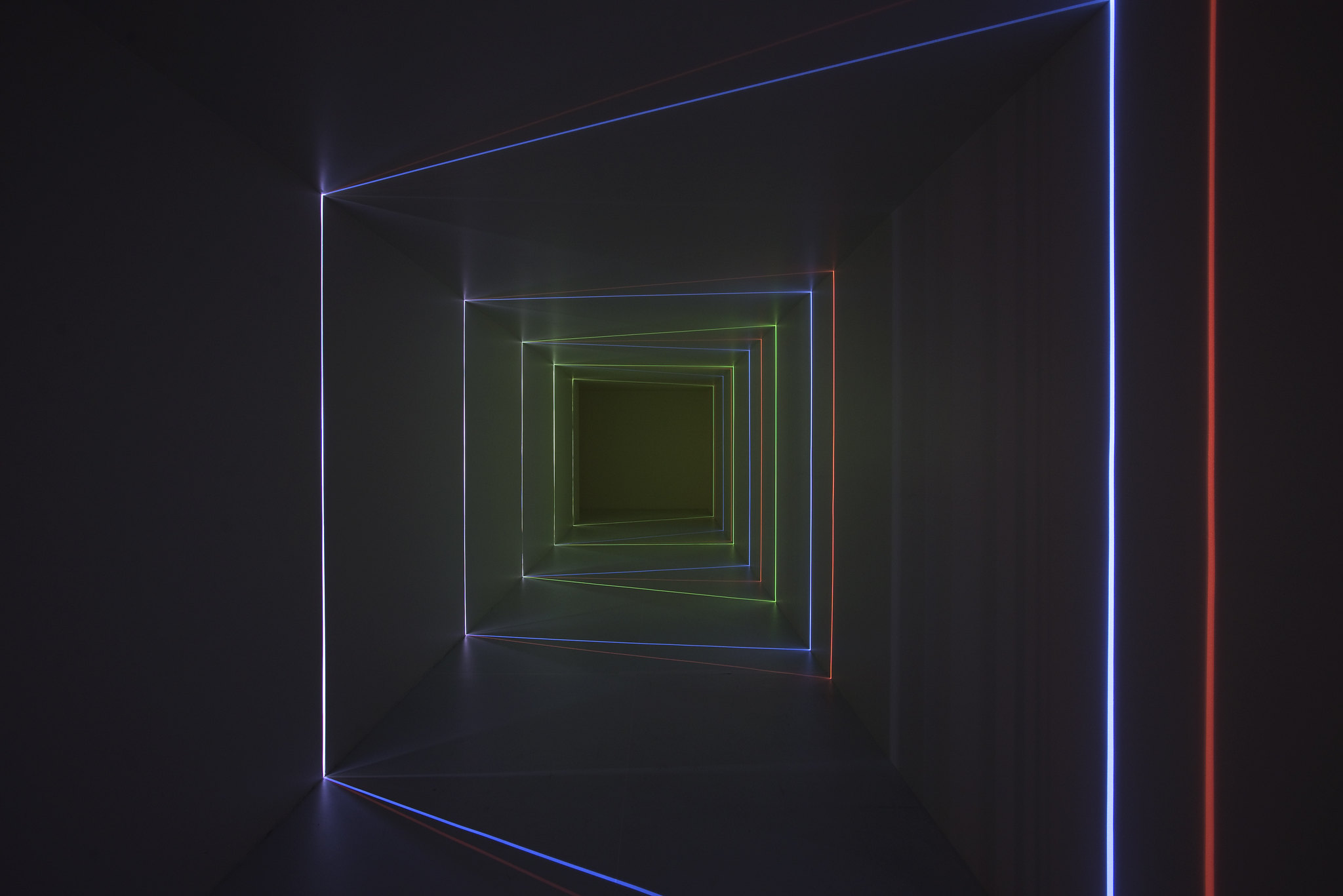In Passing
Chris Fraser
January 12 – March 10, 2013
Photos by Jake M. Richardson
Disjecta is pleased to announce that Bay Area artist Chris Fraser, whose site-specific project In Passing is currently on exhibit, has been invited to participate in Personal Structures: Time-Space-Existence #2, an official collateral exhibition of the 55th Venice Biennale.
Personal Structures is an ongoing project initiated in 2002 by artist Rene Rietmeyer and subsequently organized by Curators Karlyn De Jongh and Sarah Gold. They have mounted Personal Structures exhibitions and symposia in Austria, Germany, The Netherlands, the United States and at the 54th Venice Biennale (Personal Structures #1), which included artist Peter Halley (NY), whose exhibition Prison followed at Disjecta in 2012.
“Every two years, the art world gathers in Venice…and my inclusion in Personal Structures affords me the rare opportunity to reach an international audience,” says Fraser. “I am on edge with excitement…and anxiety!”
Some of the most renowned artists of our time have been exhibited by Personal Structures. At the time of writing, the artist list for #2 has not been announced but the exhibition will include “28 artists from 12 countries and 5 continents in an extraordinary combination.” Artists invited for Personal Structures #1 in 2011 included Marina Abramovic (RS), Peter Halley (US), Arnulf Rainer (AT), Rene Rietmeyer (NL), Carl Andre (US) and Lawrence Weiner (US).
“In Passing is the most ambitious project I’ve ever worked on, it’s the most ambitious project the artist has ever attempted, and it is, I hope, one of the most successful projects ever executed at Disjecta,” reflects Curator-in-Residence Josephine Zarkovich. “Chris is so deserving of the opportunity to exhibit internationally—it’s wonderful to see him go from the show at Disjecta to Venice.”
Chris Fraser’s work isolates and brings attention to the miraculous and mysterious qualities of light as it moves through architecture—powerful forces that usually go unnoticed in a space. His site-specific, large-scale structures act as modified camera obscuras, producing room-sized abstract canvases painted with refracted streaks of light.
Born of careful study and meticulous experimentation, Fraser’s work takes the viewer to a moment of the sublime, where the way in which the eye perceives light is manipulated to dramatic effect. At his core, Fraser is not a sculptor as much as he is a photographer—he uses his understanding of color theory and optics to control what the viewer sees and, as Erica Levin writes of his work, “…remake(s) our relationship to the camera, and to the everyday production of images.”
Regarding In Passing, Fraser notes: “Disjecta presented me with the rare opportunity to work spontaneously and without limitation. I was given the resources, both in terms of material and labor, to pursue a project on a grand scale. My only obligation was to honor the scale of the gallery. The show developed out of a project I had shelved a couple years ago for lack of space. But it alone was not enough to fill Disjecta. At a certain point, I was forced to entertain each wild idea. In this way, I built a show that was as much a surprise for me as I hope it is for the visitors.”
Chris Fraser received his BA in history from the University of California, Davis and his MFA in studio art from Mills College. He is a recipient of the Jay DeFeo Prize and was a graduate fellow at Headlands Center for the Arts. He is a 2012 SECA award finalist. Fraser is represented by Highlight Gallery in San Francisco, CA.
“I would like my work to point back into the world…there is nothing particularly special about the light that enters these works. Echoes of this same order can be found in your home, entering your windows, skirting around furniture, slipping through a crack in the door.” –from “Chris Fraser“, In the Make (July 2012)


